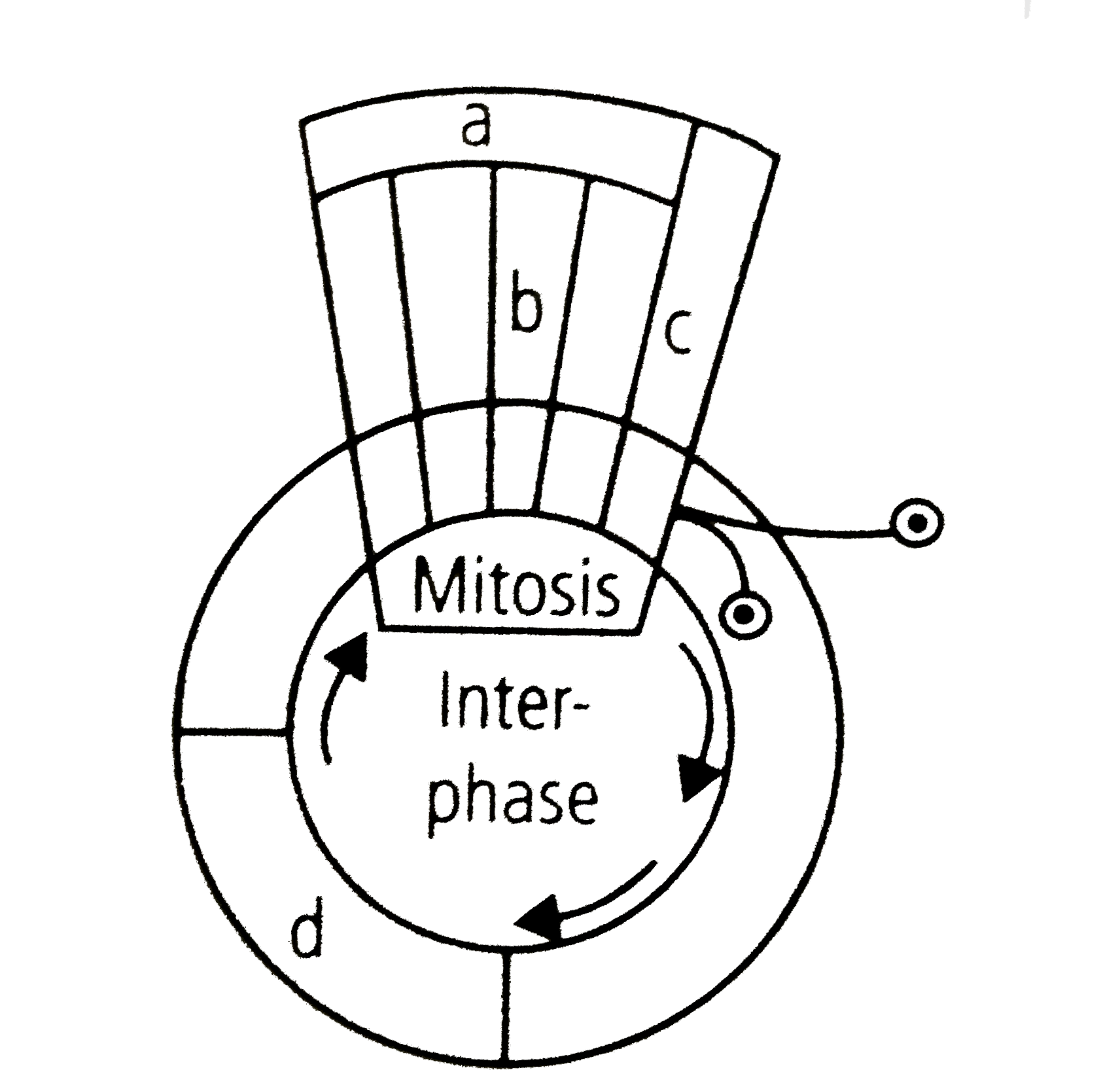Select the correct option regarding collision.
In elastic collision total kinetic energy of system before, during and after is same
For collision, physical bodies is necessary
Coefficient of restitution for a collision cannot be negative
All of these
To solve the question regarding collisions, we need to analyze the options provided and determine which one is correct based on the principles of physics related to collisions.
1. Understanding Elastic Collisions:
- In an elastic collision, the total kinetic energy of the system before and after the collision remains the same. However, during the collision, the kinetic energy is temporarily converted into potential energy due to deformation of the bodies involved.
- Therefore, while the total kinetic energy is conserved overall, it is not constant during the collision itself.
Hint: Recall the definition of elastic collisions and the behavior of kinetic energy during the collision.
2. Analyzing Option A:
- Option A states that in an elastic collision, the total kinetic energy of the system before, during, and after is the same. This is incorrect because, during the collision, kinetic energy is converted to potential energy and is not constant.
Hint: Consider the energy transformation that occurs during a collision.
3. Understanding Collisions in Physics:
- Option B suggests that physical bodies are necessary for a collision. However, collisions can also occur in fields (like electric or magnetic fields) where there is no physical contact. For example, charged particles can collide without direct contact.
Hint: Think about non-contact forces and how they relate to the concept of collision.
4. Analyzing Option C:
- Option C states that the coefficient of restitution for a collision cannot be negative. The coefficient of restitution (E) is defined as the ratio of relative velocities after and before the collision. Mathematically, it is given by:
E=V2−V1U2−U1
where V is the final velocity and U is the initial velocity. Since this ratio represents a physical phenomenon, it cannot be negative.
Hint: Review the definition and implications of the coefficient of restitution.
5. Conclusion:
- After analyzing all options, we find that Option C is the only correct statement regarding collisions. The coefficient of restitution cannot be negative.
Final Answer:
The correct option regarding collision is Option C: The coefficient of restitution for a collision cannot be negative.
- In an elastic collision, the total kinetic energy of the system before and after the collision remains the same. However, during the collision, the kinetic energy is temporarily converted into potential energy due to deformation of the bodies involved.
- Therefore, while the total kinetic energy is conserved overall, it is not constant during the collision itself.
- Option A states that in an elastic collision, the total kinetic energy of the system before, during, and after is the same. This is incorrect because, during the collision, kinetic energy is converted to potential energy and is not constant.
- Option B suggests that physical bodies are necessary for a collision. However, collisions can also occur in fields (like electric or magnetic fields) where there is no physical contact. For example, charged particles can collide without direct contact.
- Option C states that the coefficient of restitution for a collision cannot be negative. The coefficient of restitution (E) is defined as the ratio of relative velocities after and before the collision. Mathematically, it is given by:
E=V2−V1U2−U1
where V is the final velocity and U is the initial velocity. Since this ratio represents a physical phenomenon, it cannot be negative.
- After analyzing all options, we find that Option C is the only correct statement regarding collisions. The coefficient of restitution cannot be negative.
The correct option regarding collision is Option C: The coefficient of restitution for a collision cannot be negative.
Similar Questions
Knowledge Check
The given figure is a schematic breadk-up of the phases/stages of cell cycle. Select the correct option regarding it.
 Aa' represents karyokinesis which is the division of cytoplasm.Bb' is telophase which is just reverse of prophase.Cc' is the best phase to count total number of chromosomes in any species.Din 'd' stage, replication of DNA takes place on the template of the existing DNA.
Aa' represents karyokinesis which is the division of cytoplasm.Bb' is telophase which is just reverse of prophase.Cc' is the best phase to count total number of chromosomes in any species.Din 'd' stage, replication of DNA takes place on the template of the existing DNA.Refer to the given figure and select the correct option regarding this.
 AWater will diffuse across the membrane to raise the level of solution in the funnel.BPressure can be applied to raise the water movement into the funnel.CSucrose solution is an osmoticallu active solution which cannot absorb water.Dall of these.
AWater will diffuse across the membrane to raise the level of solution in the funnel.BPressure can be applied to raise the water movement into the funnel.CSucrose solution is an osmoticallu active solution which cannot absorb water.Dall of these.

Select the correct options:
View Solution
Select the correct options :
View SolutionThe given figure shows flowering responses of three plants A,B and C to the photoperiod. Select the correct option regarding this.

View SolutionThree types of tissue system have been recognised in plants on the basis of their functions. Select the correct option regarding this.
View Solution
The given figure shows to phases, A and B of a typical angiospermic life cycle. Select the correct option regarding it.
View SolutionSelect the correct option regarding sectional view of cochlea

View Solution

 :
: